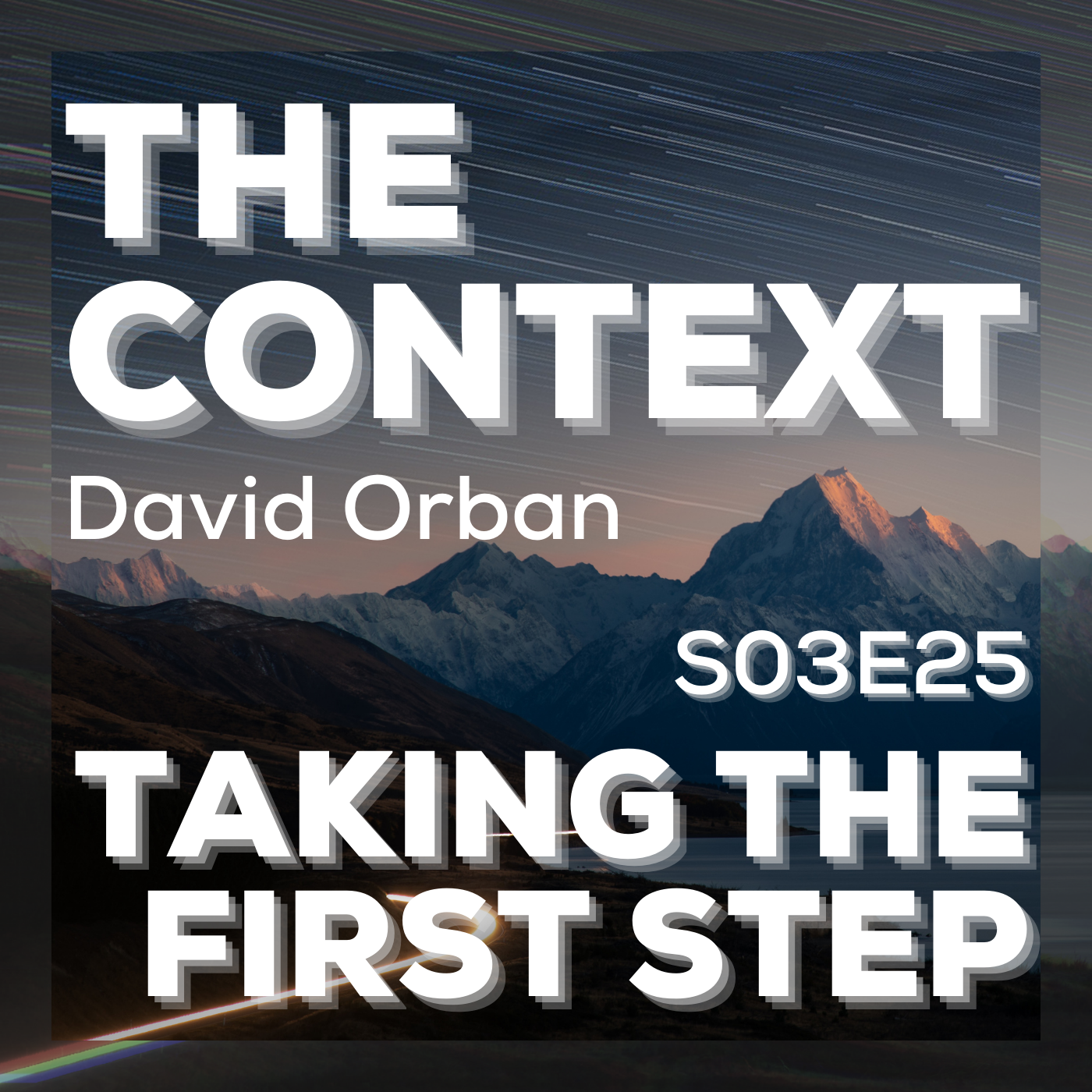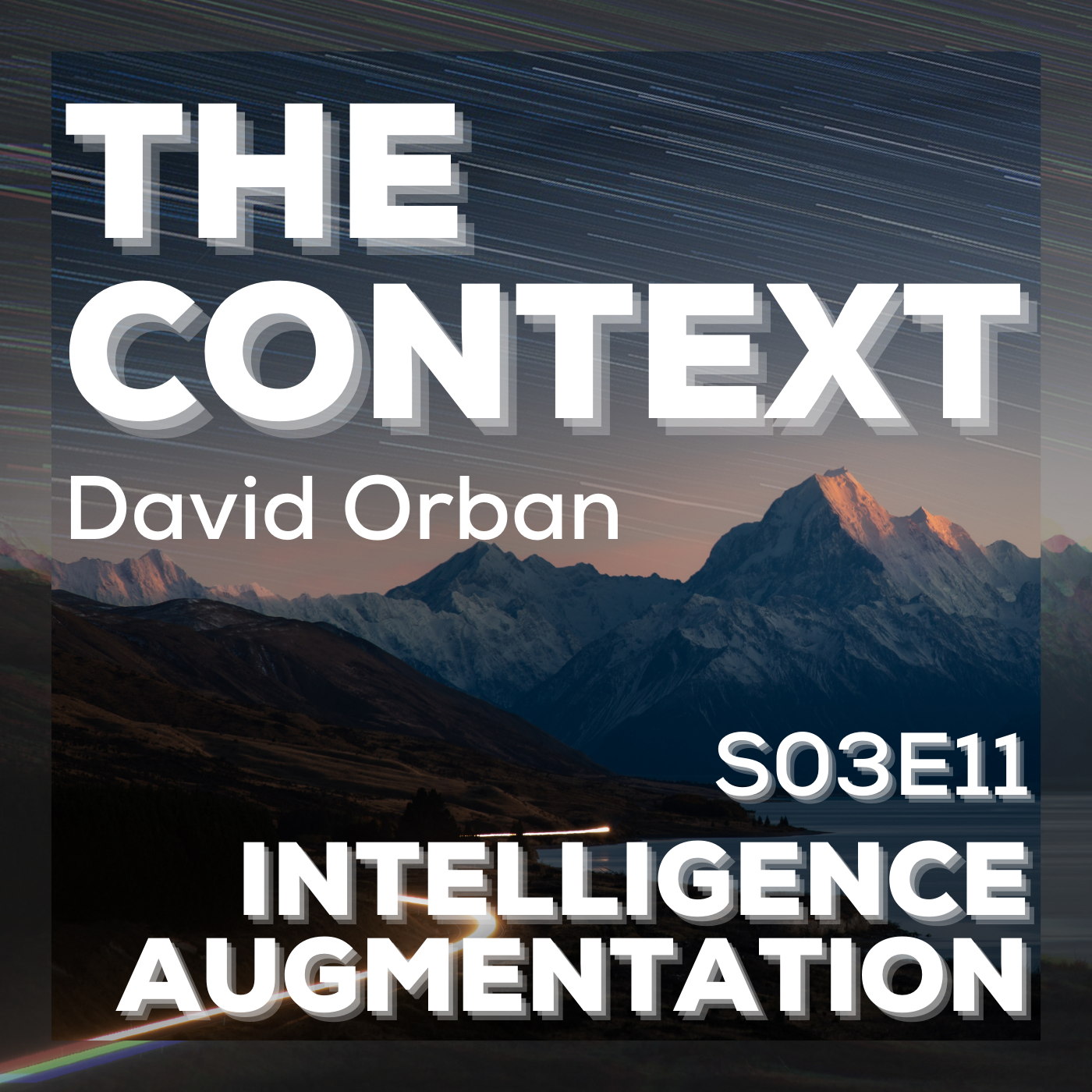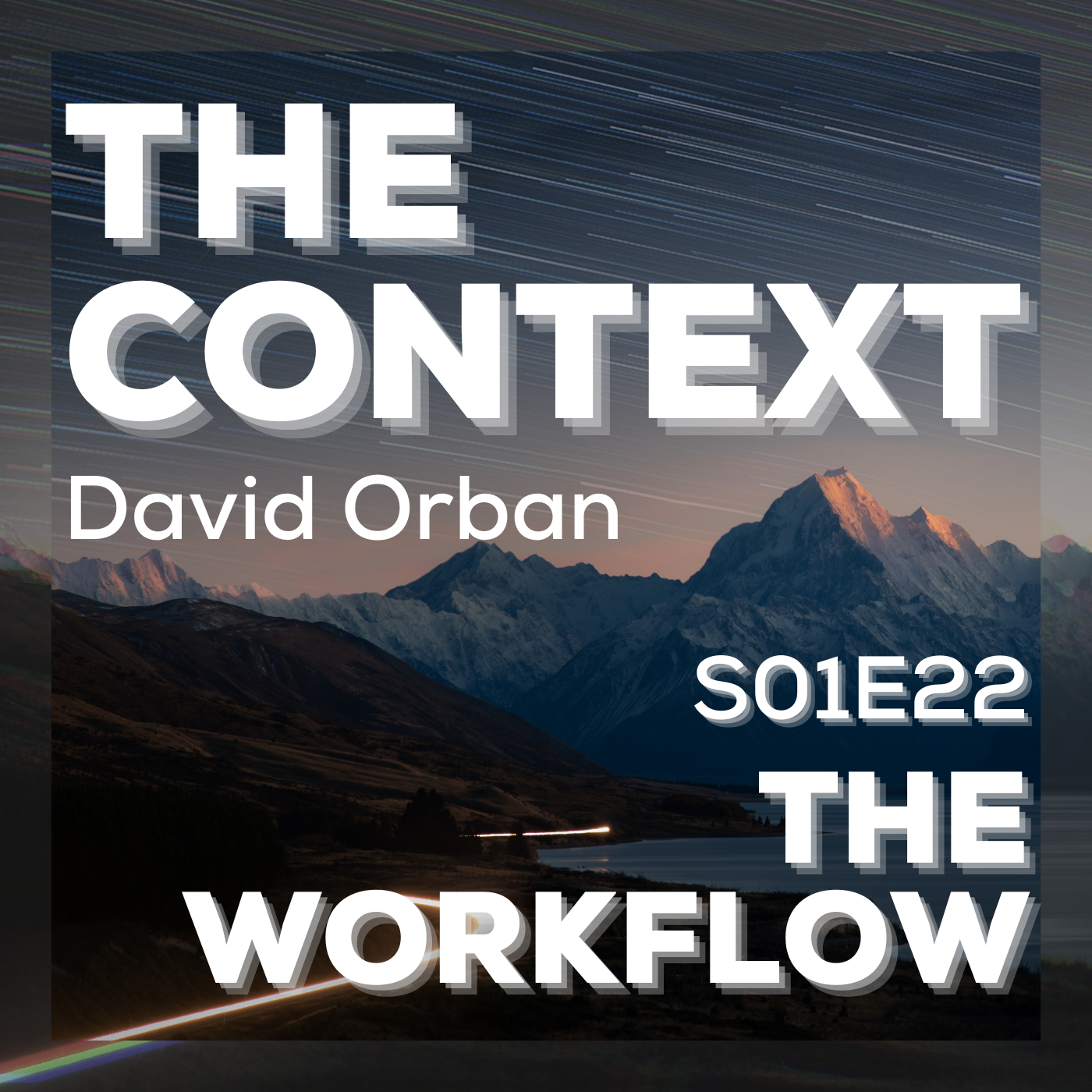Web 1.0, Web 2.0, and now Web3. Will we ever stop? Probably not, but Web3 is going to represent an important evolution of what we can do on the internet.
When the internet was born, it was for academic researchers, for technologists, specialists. With the introduction of the World Wide Web and the Mosaic browser, it has become possible for non specialists to roam the digital superhighway. The first websites were simply the display of information that you would read, and then there would be a hyperlink leading to another page or server somewhere when you clicked on it. This kind of static connection of web pages and web sites together was already a huge improvement in the area of information retrieval.
Then, at the turn of the millennium, the concept of web 2.0 was born, which was the understanding that web pages and websites could and should display information much more dynamically, based on what the users also provided, text, photos, videos even. This information, that was enriching the websites, could be correlated displayed to others and others could react to them. This is what is now part of the daily life of many of us in this series of web services: social networks, video streaming sites, ecommerce platforms. Web 2.0 led to a concentration of power towards technology giants.
The dream of Web3 has a better balance. The distributed and decentralized control of the information on unstoppable services, and platforms for the empowerment and emancipation of billions of people is going to take time to fully develop, maybe 10 years. But we are already seeing the glimpses of Web3 in Blockchain technologies, like the NFTs that are laying the grounds of solutions that will persist and will be important through the Metaverse.
The most important component of Web3 is the challenge of a digital identity that is reliable, but is also flexible. Our digital identity must have multiple facets; if I need to be identified with my traditional passport, so be it. But if I want to be pseudonymous on some new platform that gathers one of my passions then I should be able to do so. Finally, I should also have the right to be anonymous. This flexible identity system doesn't exist yet, and it is going to be a cornerstone of Web3 applications.
What other aspects of Web3 intrigue you? I’ll make sure to cover them on future episodes of The Context.

Taking the first step is dramatic and exciting. Most of us don't remember when we took the first step as a child, learning how...

Intelligence augmentation is the ability to complement our biological natural faculties of reasoning with new ones based on cultural and technological advances. Even something...

When I started recording and airing The Context a few months ago, I didn’t very much know how the process would work. Yes, my...